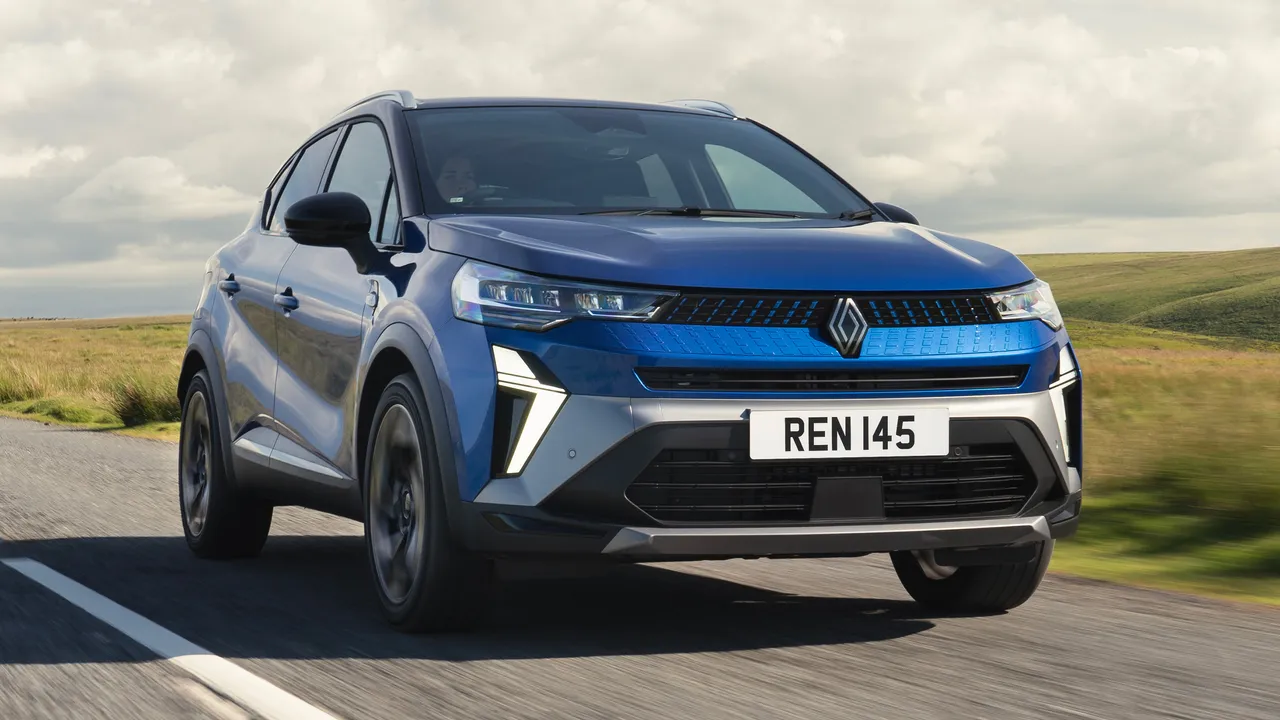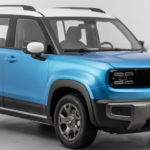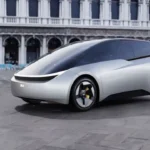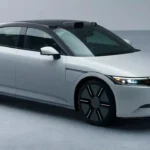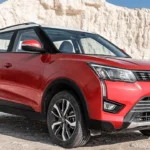Renault has officially increased the prices of its popular compact SUV, the Captur, as part of a broader adjustment across its vehicle lineup. This move reflects changing market conditions, regulatory updates, and a growing demand for feature-rich, fuel-efficient vehicles. As the Captur continues to gain popularity in urban and semi-urban markets, this price revision has drawn significant attention from prospective buyers and industry analysts alike.
Why the Price Hike?
The increase in Renault Captur prices can be attributed to several key factors. Firstly, rising input costs, including raw materials like steel and aluminum, have put pressure on automotive manufacturers globally. In addition, the increasing costs of logistics, energy, and compliance with stricter emission norms have necessitated a revision in retail pricing.
Moreover, Renault has made incremental updates to the Captur’s equipment list, safety features, and infotainment systems, which also contribute to the higher price tags. These enhancements are aligned with consumer expectations in 2025, where buyers look for tech-savvy, connected, and safer vehicles in every segment.
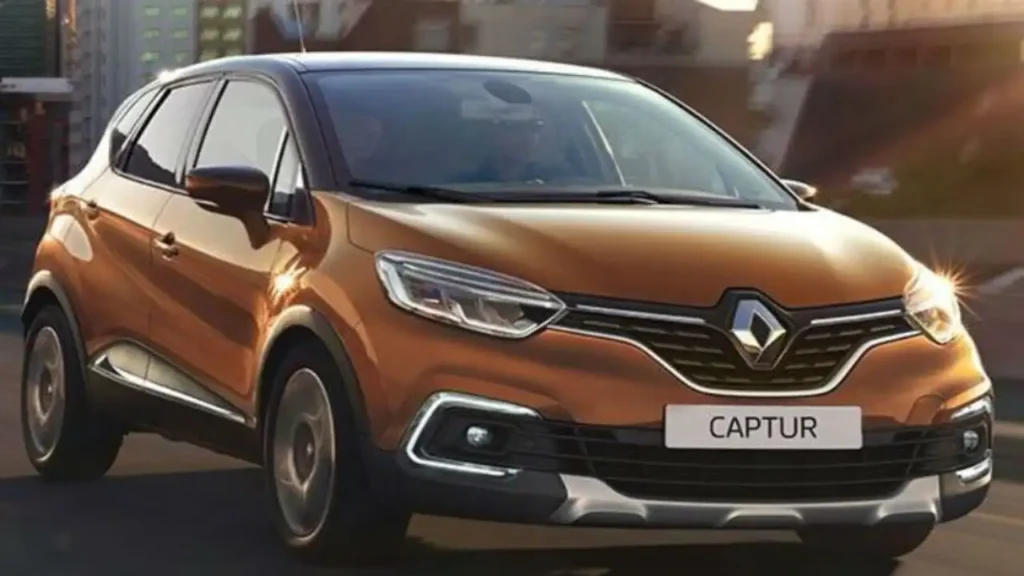
Revised Pricing Structure
While the exact price increase varies depending on the trim level and optional packages, the hike generally ranges between 2% and 4% over the previous prices. This affects both the petrol and hybrid variants, with top-tier models seeing slightly steeper adjustments due to their added features and performance upgrades.
For budget-conscious consumers, the entry-level variants still offer a competitive value proposition, although they too have seen a moderate increase. Renault aims to strike a balance between affordability and the premium experience the Captur is known for.
What’s New in the Latest Captur?
The 2025 iteration of the Renault Captur brings in refreshed styling, improved fuel efficiency, and advanced driver-assistance systems (ADAS) as standard in mid and high-spec trims. The cabin also features upgraded materials, a larger touchscreen with integrated connectivity features, and improved ergonomics.
Under the hood, Renault continues to offer a range of efficient powertrains, including hybrid options that cater to eco-conscious buyers. These upgrades align with the brand’s vision to transition toward cleaner and more sustainable mobility without compromising on performance or driving pleasure.
Impact on Buyers
For many consumers planning to purchase the Captur, the price increase may prompt a reassessment of budget or variant preferences. However, the additional cost may be justified by the enhanced features, improved safety, and modern design updates.
Dealerships are expected to offer seasonal promotions, financing deals, and loyalty bonuses to mitigate the impact of the price hike. This makes it essential for buyers to stay informed about ongoing offers and consider long-term value rather than focusing solely on the upfront cost.
Competitive Landscape
The Renault Captur competes in a fiercely competitive segment that includes models from Hyundai, Kia, Maruti Suzuki, and Tata. With the price revision, Renault must ensure that the Captur continues to stand out with its distinctive styling, European build quality, and comprehensive feature set.
Despite the hike, Renault’s compact SUV remains a strong contender, especially for urban families and young professionals looking for a stylish yet practical vehicle.
Final Thoughts
The recent increase in Renault Captur prices is a reflection of evolving market dynamics and rising operational costs across the automotive industry. For buyers, this may seem like a hurdle, but the added value in features and future-ready technology helps maintain the Captur’s appeal. Whether you’re a first-time car buyer or looking to upgrade, the Renault Captur remains a compelling choice that blends style, innovation, and comfort — now with a slightly higher price tag.
As always, it’s advisable to visit your nearest dealership to explore test drives, updated brochures, and potential deals before making a final decision.
